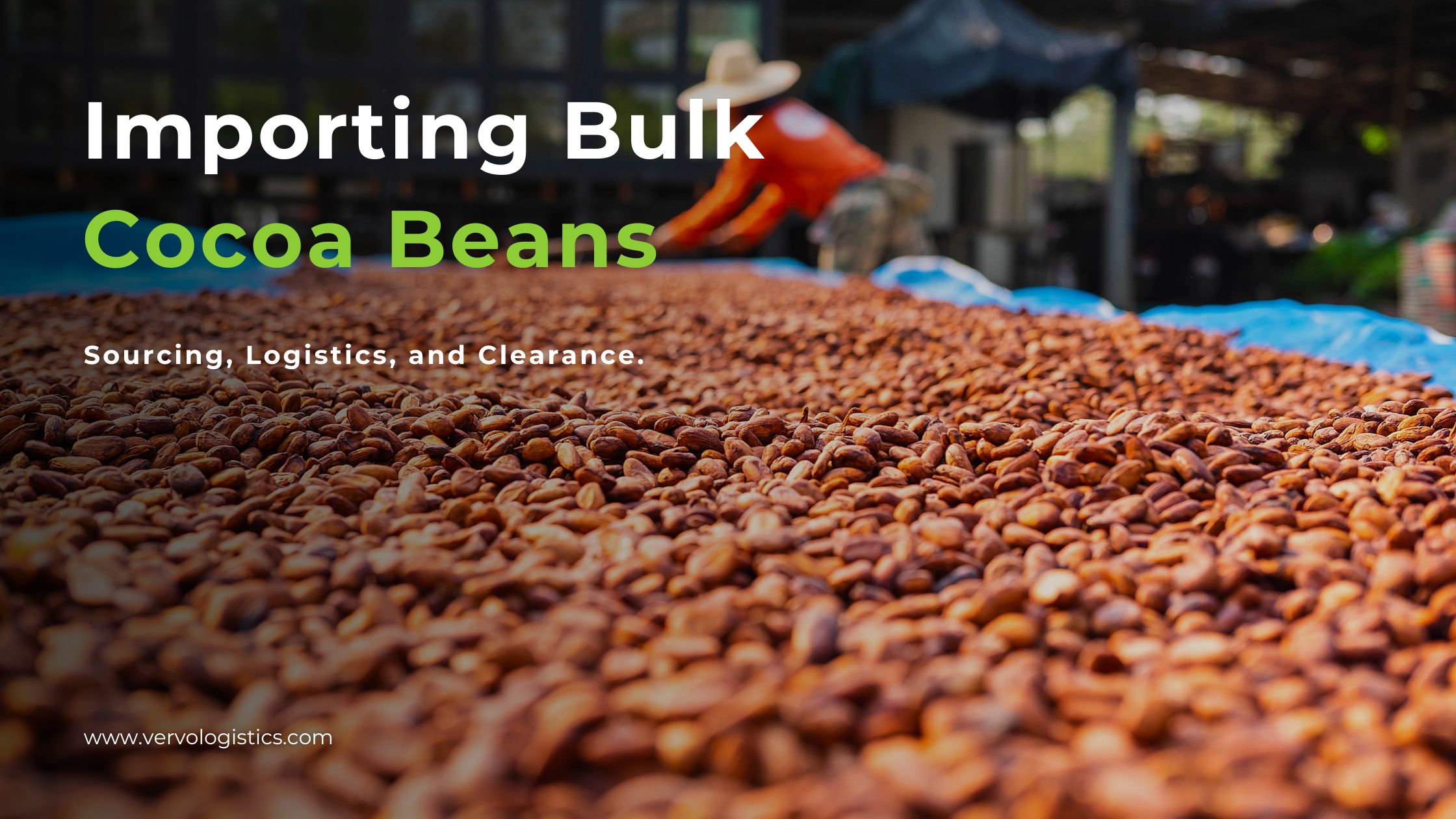The dry bulk shipping industry faces uncertainty in 2024 due to the lingering impacts of, first, the recovery from COVID-19, besides the global decarbonization goals, the ongoing conflict in Ukraine, the slowdown China’s economy has faced, and finally the current situation in the Middle East. However, overall demand fundamentals remain relatively strong, with dry bulkers remaining in high demand among shipowners, according to Hellenic Shipping News.
Here is a quick outlook for the dry bulk shipping market in 2024 and implications for domestic growth. ⬇️
Bulk Shipments Demand Drivers: Implications For the UAE
According to the Splash team, they forecast another year of relatively strong aggregate dry bulk trade growth in 2024, with volumes rising by approximately 133 million metric tons (or 2.6% YoY), albeit at a slightly weaker pace than previously predicted.
The expected growth in dry bulk trade volumes by approximately 133 million metric tons, or 2.6% year-on-year, could signal increased opportunities for the UAE’s dry bulk sector, particularly since DP World recently partnered with OPDR to launch a new Europe-Middle East container and dry bulk service route.
BIMCO's market overview and outlook for January 2024 state that global iron ore shipments are expected to grow by 1-2% in both 2024 and 2025, supported by a 1.9% increase in global steel demand as estimated by the World Steel Association. The global growth in iron ore shipments and steel demand indirectly benefits the UAE, as it serves as a transshipment point through ports Khalifa, Zayed, and Al-Fujairah. Moreover, this global increase in demand aligns with demand growth in the UAE. Just two years ago, the United Arab Emirates imported $1.17 billion in iron ore, becoming the 14th largest importer of iron ore in the world.
According to the same BIMCO report, coal shipments (thermal and coking coal, specifically) are expected to fall by 3-5% in 2024 and 2-4% in 2025. This suggests a decrease, potentially due to the acceleration in renewable energy adoption and a decline in imports by key consumers like China and India, besides Europe’s aim to reduce its reliance on Russian coal, which accounted for 45% of EU imports in 2021. According to Trend Economy, the value of coal exports from the United Arab Emirates totaled $ 9.92 million in 2022; The projected decrease in coal shipments globally could potentially impact the UAE’s dry bulk market in 2024.
BIMCO forecasts a growth in grain shipments of 1.5–2.5% in 2024 and 0-2% in 2025; this suggests moderate growth compared to 2023. According to the FAO cereal supply and demand summary, world grain trade volume in 2023–2024 is forecast at 468 million tons. In particular, the volume of global wheat trade this season (July/June) could reach 194.1 million tons. Import and export figures are optimistic for the UAE’s Grain shipments, according to the USDA report. The expected moderate growth in global grain shipments could be positive for the UAE market in 2024, considering its reliance on food imports.
Dry Bulk Fleet Supply
✅ On the supply side, the dry bulk fleet grew just 1.6% in 2022 to 698 million DWT. Deliveries of new vessels are at historic lows, with orderbooks filled through 2026. Older ships over 15 years old are being phased out faster, with 69 million DWT scrapped in 2021.
✅ BIMCO estimates that the total number of dry bulk ships is expected to increase by around 2-3% per year in 2024 and 2025. However, ships may be sailing slower due to port congestion or other geopolitical reasons, so the amount of shipping capacity supplied could only grow by 1-2% per year.
✅ Dry bulk shipyards currently have orders for 86.8 million deadweight tons (DWT) of new ships. This is 4.1% higher than last year. The ships on order are equal to 8.7% of all dry bulk ships currently in service.
So, the dry bulk fleet is slowly growing as new ships are built. But sailing speeds are slower, so the total shipping capacity is increasing by just 1-2% per year. The orderbook of new ships on the way is at moderate levels compared to the current fleet size.
Positive Outlook For the Dry Bulk Market Despite Risks
Given the tightening supply-demand balance, leading indicators like the Baltic Dry Index remain around profitable levels for shipowners. While risks exist, fundamentals point to a solid 2024 for dry bulk shipping, barring macro shocks. Recent newbuilding orders also indicate continued confidence in the sector:
- China's Xiamen Financial Leasing booked 8 x 64,000 DWT Ultra-max vessels for 2025–2028 delivery.
- German owner dShip ordered 6 x 15,000 DWT heavy lift multipurpose ships to be delivered in 2025.
Secondhand Values Remain Firm
Shipbroker Banchero Costa reports secondhand dry bulk values remain strong, with sales of Capesizes and Supramaxes in the $35 million and $17 million range respectively. Tanker sales have also been active, such as a 2010-built Aframax sold at $27.4 million. Recent deals reported by Xclusiv also demonstrate ongoing demand for modern tonnage:
- Pan Ocean acquired 3 x 209,000 DWT Newcastlemaxes built in 2020 for $71 million each.
- Chinese buyers purchased 2 x 169,000 DWT Capesizes built in 2009–2010 for $47 million.
Despite some headwinds, 2024 fundamentals appear broadly positive for dry bulk shipping, with healthy demand drivers, constrained fleet growth, and continued newbuilding and secondhand market activity.



